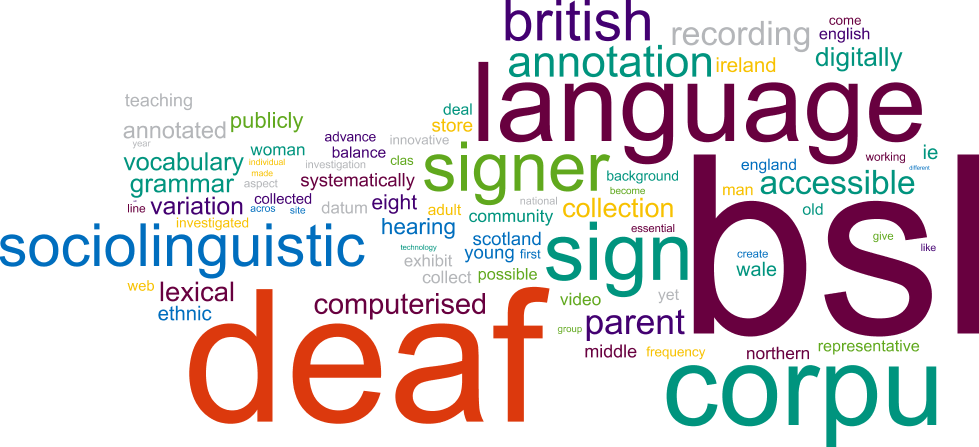Education
How to Find a Topic for Your Research Paper
Oulmes, Morocco,
Finding a topic for your research paper is probably the most challenging step you can come across while preparing for your paper. With a lot of suggestions and propositions, you may feel exhausted and “lost” by the breadth of choice. Sometimes, you might be assigned a specific subject to prepare and search by your professor, and even the sources you ought to consult. Then, ho, cheer up! Everything is fine. However, students sometimes have a wide range of choices—most of the time, domains and fields in which they may research a specific topic and, therefore, a specific thesis statement. And maybe none! Either way, this how-to guide will help you to start off devising the appropriate topic, and suggest you the most reliable criteria to select your subject.
Part 1 : Finding a topic
1
Keep in mind three important yardsticks at all times. There are three yardsticks you can remind yourself of when it comes to selecting a proper subject for your research. These are largely:
- Being able to handle it;
- Being eager and excited to do it; and
- It must satisfy your supervisor.
2
Understand these yardsticks. In deciding “whether you can handle the subject”, there are certain considerations you have to take into account:
- 1. First of all, any topic among the ones available/suggested/chosen requires a certain prior knowledge. For instance, you might make up your mind to undertake the Freudian explanation of the motivations of a particular character in a particular novel. Here, you are bound to have a wide understanding of Sigmund Freud’s theory of psychoanalysis, to say the least. That is to say, your extent of your previous knowledge regarding the topic will have a great deal to do with your potential to handle it within a limited time. Another consideration to bear in mind is the availability of the source material related to your subject. If you don’t succeed in finding the sources needed for a given topic, chances are that there is little sense in tackling it.
- 2. The second yardstick is “whether you are excited” enough to research your topic. You will research best and write best those papers that are interesting and exciting for you. Then all the steps in the procedure will be performed with zeal and enjoyment. Students fatigue fastest when they are bored or dislike the subject matter, causing them to work most slowly and reluctantly. You don’t want to be bored or mired in something you dislike.
- 3. The third and last yardstick is “whether your topic will gratify your instructor”. Most supervisors will keep in mind, when judging a topic submitted for approval, your ability to do a paper, based on your background and the source material availability. But the instructor has more than this in mind. He or she wants to be certain that the topic proposed is worthy of a research paper. He or she takes into account the level of the scholarship expected from you, the areas of profitable study that exist, and the purposes for assigning a research paper.
3
Distinguish between a topic/field of research and theme/thesis statement.The “topic” is the field in which your research and writing will be done. It is the framework of what you are researching. It is “the big picture”; the ” theme ” is the central statement you will make about the topic. It is, the theme, a hypothesis—a tentative statement—to be established or refuted by the research. It is “the small picture”.
Part 2 : Checking the feasibility of the topic
1
Do preliminary reading and research. The preliminary reading of sources has three goals:
- To select the topic you will develop thoroughly;
- To locate as many sources as possible; and
- To verify that your research can be performed.
2
Read for usefulness at this stage, not depth. Up to this phase, you are not supposed to read every single source carefully and take complete notes. Read here and there in each source material, keeping in mind that you are searching for a topic that can be researched.
- For example: In preparing for a paper in Media Studies, preliminary reading will help you to to gain an idea about the different theories and approaches via which media texts, for instance, are analysed. Besides, it will help you to understand the most debatable controversies and problematics being raised in this realm.
A sensible way to proceed is to read general academic articles, essays and papers on the subject. Now, you are beginning to see daylight and get down to topics you can handle.
3
Narrow your topic down! Break it down, so that you can arrive at a thesis statement. Let’s illustrate this. There are a lot of topics, fields, or frameworks to work on (Literature, Gender Studies, Cultural Studies, Media & Communication Studies, etc.). Let’s take the example of Media Studies. “Media studies” is the big picture. It’s very hard to cover every single detail in Media Studies. That said, you have to narrow that topic down—to break it down until you put your finger on a very specific subject through which you shall build your thesis statement up.
- For instance, you have made up your mind to research the “effects of T.V.” Your theme is not specific yet. You are bound to keep narrowing it down. You might come to this summary: “The negative effects of sexual imagery of soap operas on Moroccan adolescents”. You should not be satisfied with this, as it is not a well-stated thesis statement. Why? For two reasons: (i) everyone can research this statement and may well reach the same findings. (ii) Though you’ve arrived at this specific statement, you have not taken a stand yet. You need to take it a step further and take a stand regarding your statement. It might sound something like: “The negative effects of sexual imagery of soap operas run on 2M (Moroccan channel) are an outcome of the Eurocentric perception the West holds to spoil the value system of Moroccan adolescents”. See how specific that has become now? Can you see “the small picture” within “the big picture” now?
4
Start off the working bibliography. The working bibliography is your own list of works that you think might contain information you will need for your paper. It derives from your reading. On account of it being a tentative bibliography, 3-x-5 Bibliography Cards (also called index cards) should be used. For every book, article, website, etc. encountered, make out a card with the author’s full name, the title of the work, and the place and date of publication. It is important to make a card for every source consulted, even if the source finally is not used in the paper. The working bibliography shows all useful sources consulted whether or not specific material is taken from them. If the working bibliography is kept faithfully, there will be no last minute rushing about to relocate sources.
5
Once your topic has been selected and you have read some general works on the subject, the process of breaking the theme/thesis statement into several subdivisions and headings begins. Whenever you encounter a source with material on one of the subdivisions or headings you made, make out a 5-x-8 note card with the subject heading, a number that will relate this note card with its index card of the source, the page number, and the quotation, in case you quote directly from the source.
BIBLIOGRAPHY
- MLA Handbook for Writers of Research Papers (7th edition ed.). (2009). New York: The Modern Language Association of America.
- Murphy, E. E. (1985). Writing and Researching Term Papers and Reports: A New Guide for Students. Canada: Bantam Books, Inc.
- Strunk, W. (1959). The Elements of Style. New York.




